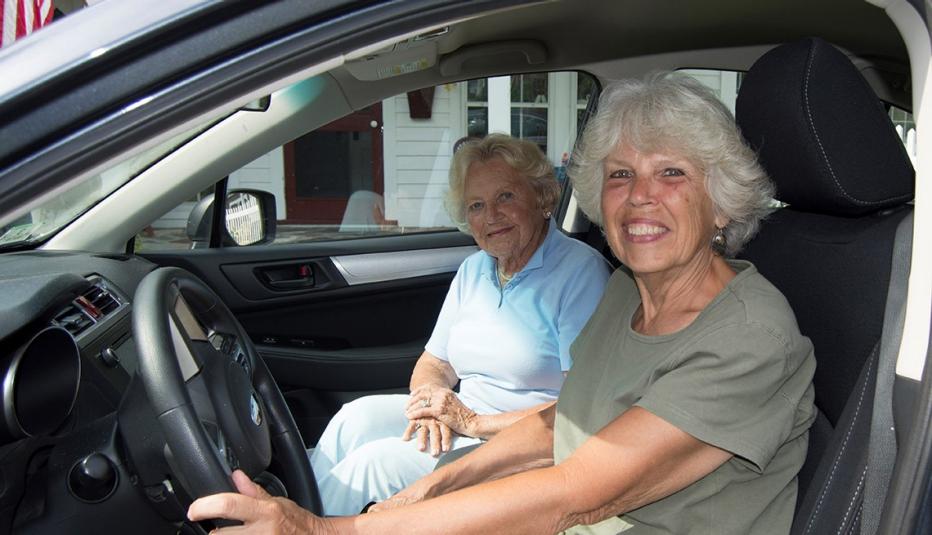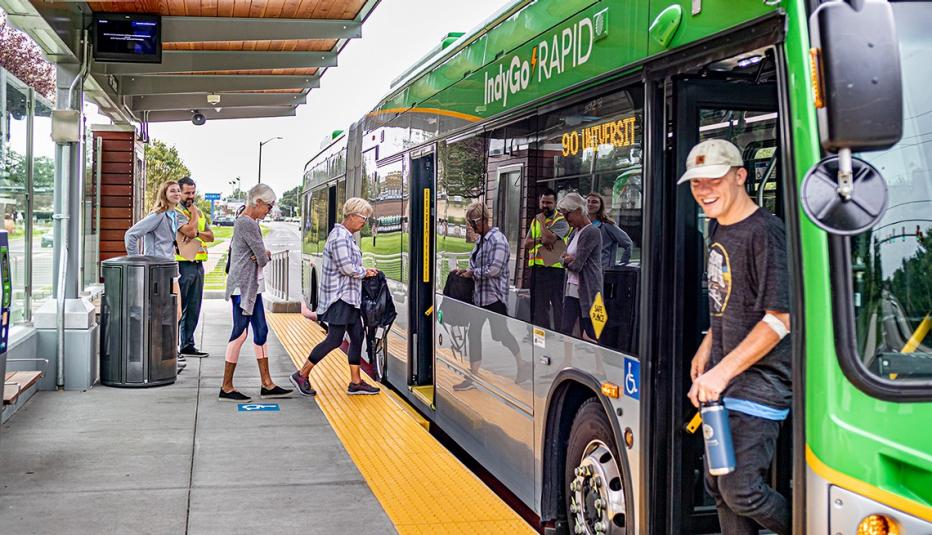AARP Hearing Center
Across the country, more communities are looking for ways to enhance their livability. Transit-oriented development (TOD) is one means of creating sought after, economically vibrant neighborhoods. Transit-oriented development—which includes a mixture of housing, office, retail, and/or other commercial development and amenities integrated into a walkable neighborhood and located within a half-mile of quality public transportation—can boost transit ridership, reduce traffic and vehicle emissions, and encourage active lifestyles. TOD can provide residents critical connections to regional amenities, health services, and economic opportunity. In the end, all stakeholders benefit—from residents to businesses to public tax coffers.
The report, Communities Are Embracing Development Near Transit: A Snapshot of Transit-Oriented Development Support across the United States, details the ways state, regional, and local actors proactively foster TOD.
Related
- Slideshow: Transit-Oriented Communities
- Transit-Oriented Housing Helps Older Adults Live Independent Lives
- Threats to Infrastructure Funding Could Undermine Successful Local Development
- Low-Income Housing Tax Credits: Meeting the Demand for Affordable Rental Housing
- Building Livable Communities for All Ages in Washington, D.C.
- Preserving Affordability and Access in Livable Communities: Subsidized Housing Opportunities near Transit and the 50+ Population
- Active Living for All Ages
- Livability Index































































